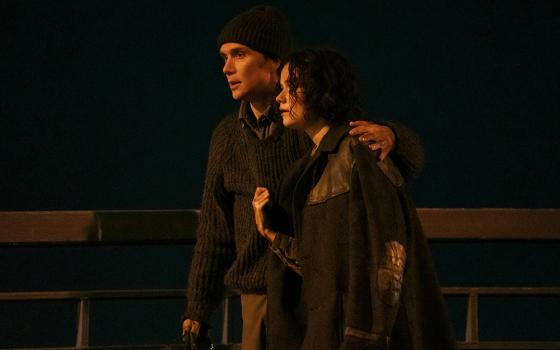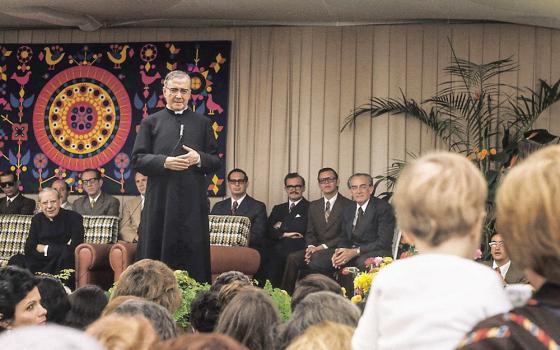By JOHN L. ALLEN JR.
Vienna, Austria
When Pope Benedict XVI said this morning that he understands the recent suffering of the Catholic church in Austria, everyone knew what he was talking about – two sex abuse scandals that roiled the church in 1995 and 2004, which resulted in the resignation of two high-profile bishops and unleashed deep internal tensions. Less known is that prior to becoming pope, then-Cardinal Joseph Ratzinger apparently played a key role in arguably preventing a bad situation from becoming worse.
When the widely popular Cardinal Franz König stepped down as the Archbishop of Vienna in 1985, it was rumored that Pope John Paul II’s personal secretary, Stanislaw Dziwisz, told the Vatican’s Congregation for Bishops that the pope had then-Fr. Kurt Krenn in mind as König’s successor. Krenn, at the time a priest of the Linz diocese, was a personal friend of Dziwisz.
A strong theological and philosophical conservative, Krenn had served on the faculty of the University of Regensburg in Germany. He was seen in Austria as a combative, divisive figure. For example, Krenn once compared dissident Catholics to Nazi sympathizers who had welcomed Hitler in 1938. Many local figures felt that his appointment could split the church following the nearly thirty-year tenure of the moderate, pastoral König.
Though it was not revealed at the time, it has since become conventional wisdom that the decisive voice against Krenn’s appointment came from Ratzinger.
Austrian journalist Norbert Stanzel reported the rumor that Ratzinger had weighed in against the appointment in his 1999 biography of Krenn, Die Geisel Gottes (“The Scourge of God”). Paul Zulehner of the University of Vienna, a widely respected sociologist of religion, told NCR this week that he could confirm from “personal experience” that it was Ratzinger who nixed the Krenn nomination.
Krenn had studied under Ratzinger at Tübingen in 1965, and the two were colleagues at Regensburg during the 1970s. Sources told Stanzel that Ratzinger had personal reservations about Krenn, not related to his doctrinal views, but to the stability of his personality and his suitability for a high-profile platform such as Vienna.
“It was not that Ratzinger supported the [reformers] against Krenn,” Zulehner said. “But he understood that Krenn was not what the church in Austria needed.”
To be sure, this was not the last that Austrian Catholicism heard of Krenn. In 1987, he was made an auxiliary bishop of Vienna with special responsibility for the fields of culture and science in 1987. (The appointment generated criticism after Krenn admitted on national television that he could not name a single living Austrian artist, painter, poet, sculptor, novelist, musician or scientist.)
In 1991, Krenn became bishop of the Sankt Pölten diocese, where he became a lightning rod for controversy. Among other things, Krenn was the strongest defender of the man who got the archbishop’s job in Vienna instead of him, Cardinal Hans Hermann Groër, who was eventually forced to resign in 1995 following accusations that he had sexually molested novice monks in a Benedictine monastery in the 1970s.
Bringing things full circle, Krenn himself was forced to step down in 2004, when a crisis exploded following the discovery of more than 40,000 pornographic images on computers in the Sankt Pölten diocesan seminary, including sexually compromising photos of seminarians and staff.
According to Zulehner, Ratzinger’s 1985 intervention to block Krenn’s appointment as Archbishop of Vienna demonstrated understanding of the Austrian situation, despite all that happened subsequently. Zulehner said that additional signals of comprehension during this trip could “help heal the breach between Austria and Rome.”




